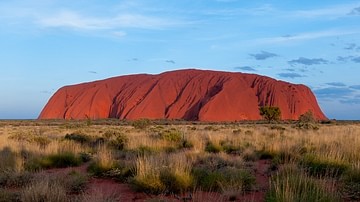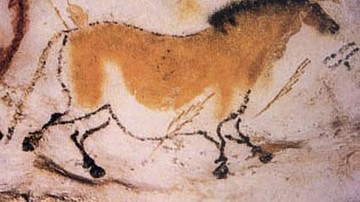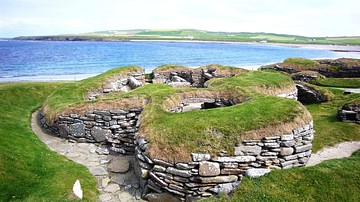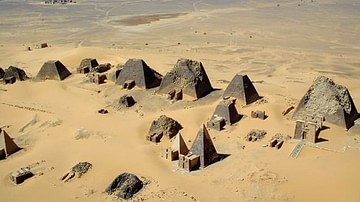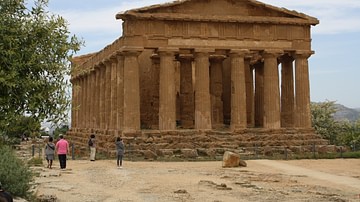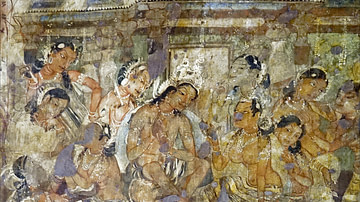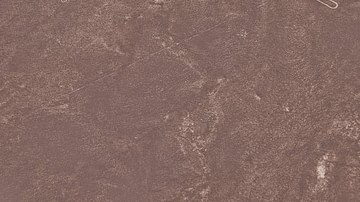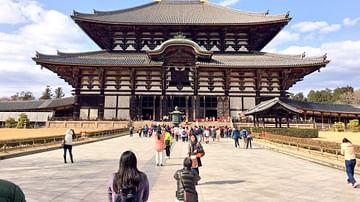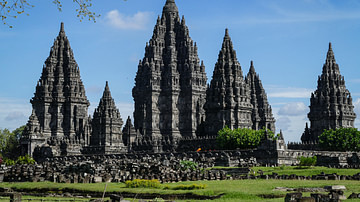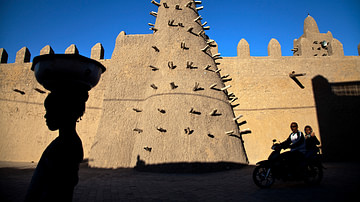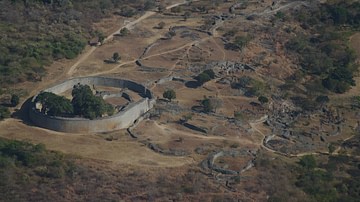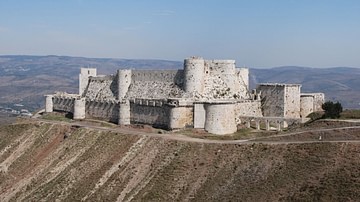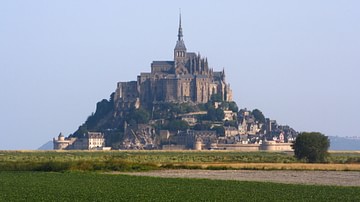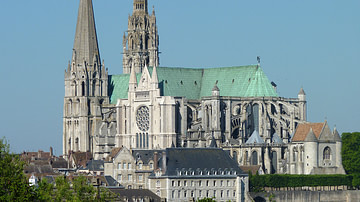Ancient History Encyclopedia has over 100 articles on UNESCO World Heritage sites, and in this collection, we look at just a few of them. The selection of sites, some well-known and others much less so, represents cultures from around the world from prehistory to the Middle Ages. They include sacred natural sites, burial monuments, temples, artworks, castles, and cities, and they are all a testimony to the skills, artistry, and imagination of people who, wherever they came from and whatever language they spoke, wanted to create something to last longer than their own lifetimes for future generations to enjoy and admire.
The Daibutsuden of Japan's Todaiji had to be big because it contains a 15-metre (49 ft) high cast bronze statue of a seated Buddha, the largest such statue in the world and weighing in at around 500 tons. It is a representation of Dainichi Nyorai, most important deity of the Kegon sect, with his right hand raised in the gesture of teaching. The sculpture was made on the wishes of Emperor Shomu who wanted to reverse the effects of the devastating outbreak of smallpox which had hit Nara in 737 CE.
